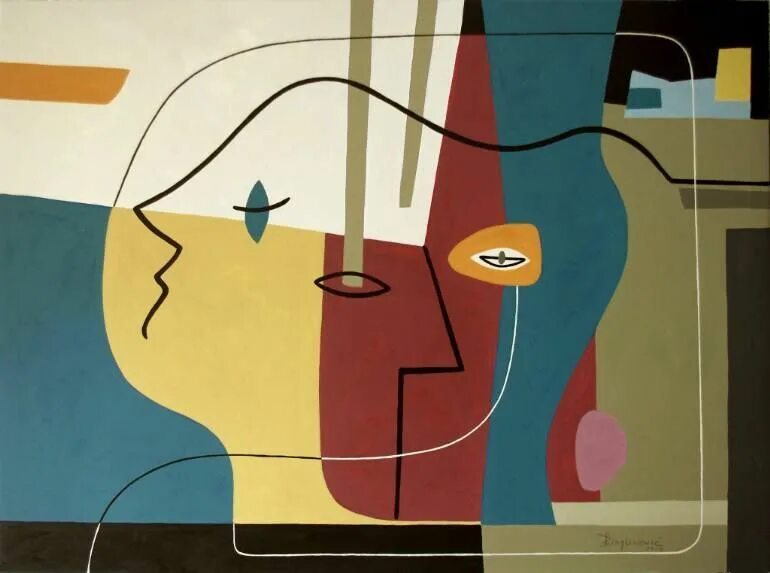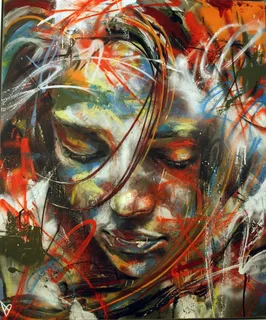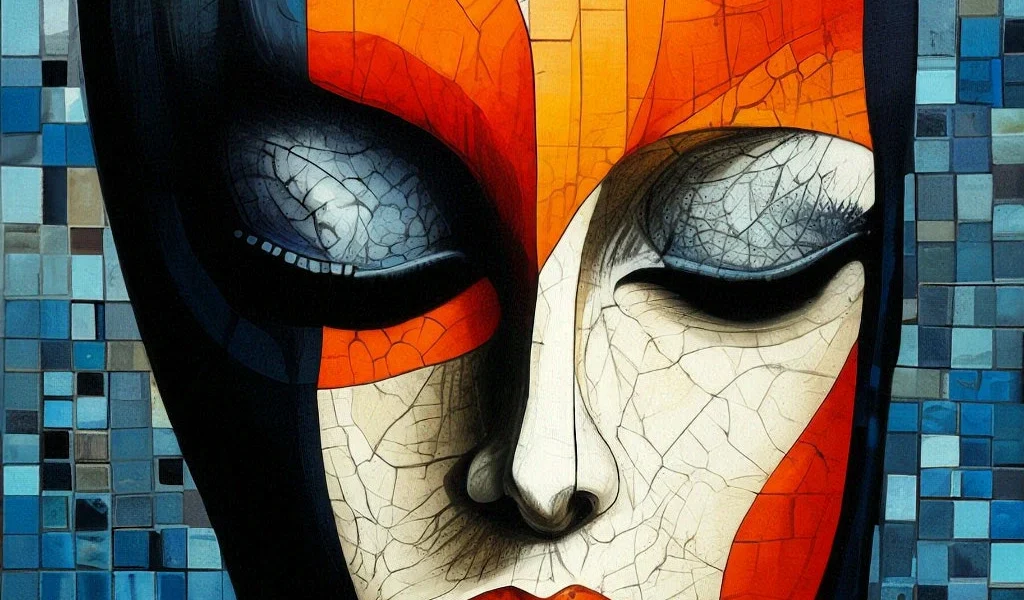Introduction: The Evolution of Artistic Support
Throughout history, artists have relied on patrons to fund and enable their work. From the Medici family of Renaissance Italy to 20th-century art collectors, patronage has always influenced not only what art gets made but who gets to make it. Today, however, the economic and digital shifts in society have upended this traditional model.
At Apache Plaza, we explore how modern creators are reshaping the concept of patronage through technology, community models, and entrepreneurial savvy. With audiences becoming active stakeholders in creative processes, we are entering a new, participatory era of supporting the arts.
Defining Modern Patronage: From Kings to Crowds
In the traditional model, artistic patronage was centralized. Kings, religious institutions, and wealthy benefactors dictated the terms, scope, and content of the work. But in the 21st century, the role of the patron is being democratized.
Types of Modern Patronage:
- Crowdfunding platforms like Patreon and Kickstarter
- Subscription-based models allowing monthly support
- Digital art sales, including blockchain-based NFTs
- Grants and community funding pools
- Corporate sponsorship and philanthropic arts funding
Each of these models opens up opportunities for broader participation and sustained funding, allowing artists to maintain autonomy while growing their audiences.

Comparing Patronage Models
| Criteria | Traditional Patronage | Modern Patronage |
| Primary Supporters | Monarchs, religious groups, elites | Crowds, fans, corporations, collectives |
| Financial Structure | Large, one-time commissions | Recurring micro-payments or campaigns |
| Artist Visibility | Gallery or commissioned projects | Digital media, social platforms |
| Audience Interaction | Passive | Interactive and community-driven |
| Creative Autonomy | Limited to patron’s expectations | Greater creative freedom for the artist |
Digital Tools Reshaping Patronage
Technology has become a driving force in reshaping how art is discovered, shared, and supported.
Key Digital Drivers:
- Blockchain: Verifies ownership and enables royalties through NFTs.
- Social Media: Allows for direct artist-fan interaction.
- Virtual Exhibitions & Livestreams: Expand access globally.
- E-commerce platforms: Sell art directly without intermediaries.
Economic Challenges Still Remain
Despite the growth of new platforms, artists still encounter significant challenges in making a sustainable living.
Common Barriers:
- Inconsistent income from project-based work
- Platform dependency and algorithmic visibility
- High commission fees on digital marketplaces
- Financial illiteracy on topics like contracts and taxes
- Creative burnout due to content demands
Many creators now need to wear multiple hats—as business owners, marketers, and community managers—just to sustain themselves.
The Rise of Community-Based Patronage
Local communities are stepping up in innovative ways to support the arts.
Examples Include:
- Artist co-ops and shared studio spaces
- Neighborhood grant funds for public art
- Community crowdfunding for murals, workshops, or installations
- Local businesses sponsoring art events or creators
- Nonprofits & cultural centers providing recurring artist stipends
Learn how ephemeral art is being preserved through grassroots efforts in Preserving the Ephemeral Arts.
Artists as Creators and Entrepreneurs
To thrive in today’s patronage environment, many artists embrace entrepreneurship as part of their practice.
Key Skills Every Artist Now Needs:
- Personal branding
- Social media growth strategy
- Email list and newsletter marketing
- Grant writing and fundraising
- Product development (prints, merch, etc.)
These skills help creators maximize their financial independence while building stronger communities around their work.

The Future of Patronage: Trends to Watch
As technology and society evolve, so too will the mechanisms of patronage. Some emerging trends signal new opportunities for artists.
Anticipated Developments:
- Artist DAOs (Decentralized Autonomous Organizations) to fund collectives
- AI-assisted funding search engines to match grants and creators
- Green NFTs to address environmental concerns
- Web3-powered patron networks
- Universal creative income programs in culturally rich nations
These shifts could help re-balance power and provide sustainable support systems, especially for historically underfunded art forms and communities.
From Dependency to Empowerment
Artistic patronage is no longer a one-way relationship. Today’s supporters are co-creators, funders, and advocates. Artists are increasingly empowered to design their own ecosystems of support by combining community, technology, and entrepreneurship.
Apache Plaza believes this new model of participatory patronage is not only more resilient—but more inclusive, diverse, and dynamic. It opens the door to untold possibilities for creators around the world.
Frequently Asked Questions (FAQs)
Q1. What is the biggest change in modern patronage?
A: The decentralization of support, where anyone can become a patron via digital platforms or community funds.
Q2. Can artists earn a living through crowdfunding alone?
A: Some do, especially with loyal fan bases, but many combine it with other income streams like sales and grants.
Q3. What are artist DAOs and how do they work?
A: DAOs are community-led digital organizations that allow artists to collectively fund and manage resources.
Q4. Are NFTs still a viable form of art patronage?
A: Yes, when used ethically, NFTs offer artists ownership, resale royalties, and direct-to-collector access.
Q5. Is traditional gallery representation still relevant?
A: Yes, especially for career validation and exposure, but it’s no longer the only or most reliable path.
Conclusion: A Creative Future, Backed by Many
In this dynamic era, the concept of patronage is undergoing a transformation. From royalty-backed commissions to decentralized support networks, artists now have greater freedom—but also more responsibilities.
At Apache Plaza, we celebrate this evolution. By integrating digital tools, grassroots organizing, and entrepreneurial skills, artists can now build diverse, sustainable careers without compromising on vision or value.
Whether you’re an artist seeking support, or an art lover wanting to contribute, the new model of patronage invites participation, transparency, and community. The future of artistic sustainability depends not on a few—but on many.




